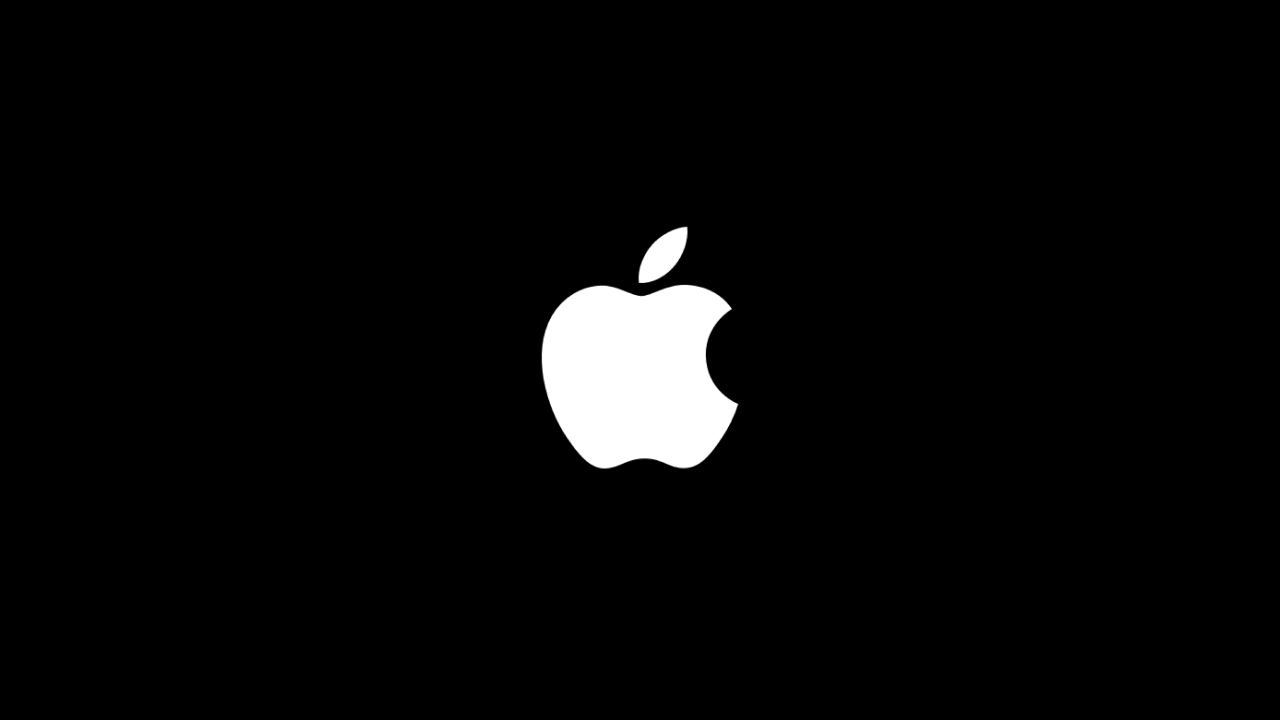Apple Inc., a titan in the technology industry, has a storied history that has shaped the digital world as we know it.
Understanding the company’s journey, especially its initial public offering (IPO), offers insights into the business world and the tech industry’s evolution.
This article dives deep into the question: When did Apple go public? We’ll explore the circumstances leading up to the IPO, its impact on the market, and how it influenced Apple’s trajectory.
When Did Apple Go Public?
Apple Inc. made its initial public offering on December 12, 1980. This event is not just a date in the company’s history but a pivotal moment that marked the transition of Apple from a startup to a publicly traded juggernaut.
The IPO was set at $22 per share, and it generated more capital than any IPO since Ford Motor Company in 1956.
This influx of investment capital significantly boosted Apple’s growth and set it on a path to becoming one of the most valuable companies in the world.
At the time of the IPO, Apple’s product line was relatively limited, and the company was known primarily for the Apple II.
The success of the IPO reflected the market’s confidence in Apple’s potential to innovate and grow in the burgeoning tech industry.
Investors who recognized this potential and invested in Apple’s IPO would see phenomenal returns on their investments in the years to come.
The Prelude to the IPO
Before going public, Apple was already making waves in the tech industry. The company was founded in 1976 by Steve Jobs, Steve Wozniak, and Ronald Wayne, with a mission to develop and sell personal computers.
The release of the Apple I and later the Apple II revolutionized the personal computing industry, establishing Apple as a leader in innovation and design.
The decision to go public was driven by several factors, including the need for additional capital to fuel growth and the desire to provide liquidity for the company’s early investors and founders.
The IPO was a strategic move that would allow Apple to scale its operations, invest in research and development, and expand its market presence.
Impact of the IPO
The success of Apple’s IPO had far-reaching implications for the company and the broader tech industry.
It signaled the growing importance of technology companies in the American economy and paved the way for other tech companies to go public.
The capital raised through the IPO enabled Apple to accelerate its product development, leading to the launch of groundbreaking products like the Macintosh computer.
The IPO also had a significant impact on Apple’s corporate culture. It brought increased scrutiny and pressure from shareholders, leading to changes in how the company was managed and operated.
Despite these challenges, Apple continued to prioritize innovation, a value that remains central to its identity today.
Apple’s Journey Post-IPO
Following the IPO, Apple continued to innovate and expand its product lineup. The 1980s and 1990s saw the introduction of several new products, including the Macintosh, which solidified Apple’s reputation for design and user-friendly interfaces.
However, the company also faced challenges, including competitive pressures and internal struggles that led to significant changes in leadership.
The return of Steve Jobs to Apple in 1997 marked the beginning of a new era for the company. Jobs refocused Apple on its core values of innovation and design, leading to the development of game-changing products like the iPod, iPhone, and iPad.
These products not only transformed Apple but also the entire tech industry, redefining how people interact with technology.
The Legacy of Apple’s IPO
Looking back at Apple’s IPO, it’s clear that it was a watershed moment for the company and the tech industry.
The IPO helped to establish the tech sector as a vital part of the economy and demonstrated the potential for tech companies to achieve massive scale and influence.
For Apple, the IPO was a stepping stone that enabled it to grow from a small startup into one of the most influential companies in the world.
Today, Apple continues to be a leader in innovation, with a product lineup that includes smartphones, tablets, computers, wearables, and services.
The company’s commitment to design, user experience, and innovation, which were central to its early success, remain at the heart of its corporate philosophy.
In conclusion, the question “When did Apple go public?” opens the door to a fascinating exploration of Apple’s history and its impact on the tech industry and the world.
The IPO was not just a financial milestone; it was a pivotal event that set the stage for Apple’s future success and its role in shaping the digital age.
